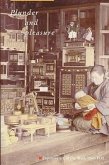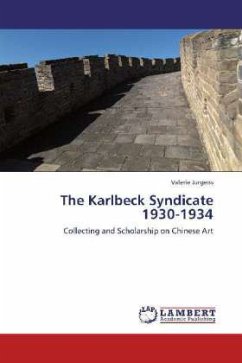This book complements available one-make books on domestic synchronous clocks. It is also a history of science book that sets British domestic synchronous clocks, their manufacturers and technology in their social context.
Part I covers the historical background, British domestic synchronous clock manufacturers and brands, how synchronous clocks work, domestic synchronous clock cases, practical advice on the servicing of domestic synchronous clocks and analysis of the marketing and reliability of British domestic synchronous clocks. This analysis provides an explanation of the rise and eventual fall of their technology. Part II contains galleries of a selection of British domestic synchronous clocks and of the movements with which they are fitted. There is a front and back view of each clock, together with a brief description. Views of each movement include views with the movement partly dismantled, together with a brief technical description of the movement.
This profusely illustrated book is primarily for fellow enthusiasts and is based on an extensive archive of information on domestic synchronous clocks, their movements and their manufacturers. Current electrical regulations mean that professional clockmakers are reluctant to repair synchronous clocks. In fact, provided that they have not been mistreated, synchronous clocks are usually reliable, and quite easy to maintain.
Part I covers the historical background, British domestic synchronous clock manufacturers and brands, how synchronous clocks work, domestic synchronous clock cases, practical advice on the servicing of domestic synchronous clocks and analysis of the marketing and reliability of British domestic synchronous clocks. This analysis provides an explanation of the rise and eventual fall of their technology. Part II contains galleries of a selection of British domestic synchronous clocks and of the movements with which they are fitted. There is a front and back view of each clock, together with a brief description. Views of each movement include views with the movement partly dismantled, together with a brief technical description of the movement.
This profusely illustrated book is primarily for fellow enthusiasts and is based on an extensive archive of information on domestic synchronous clocks, their movements and their manufacturers. Current electrical regulations mean that professional clockmakers are reluctant to repair synchronous clocks. In fact, provided that they have not been mistreated, synchronous clocks are usually reliable, and quite easy to maintain.
"A very useful book that chronicles and illustrates this particular field of horology. ... the book mentions the motors that are used in domestic timers (indeed, a synchronous motor powers the turntable in every microwave oven!). ... the main value of the book is in the 'galleries' of photographs of the huge variety of clocks ... . The many illustrations will be helpful to enthusiasts who can still buy these clocks quite cheaply to build up collections." (Doug Bateman, Antiquarian Horology, June, 2015)
"This book is a unique and very useful addition to the working library of any clock collector or clock restorer interested in, or working on, British made, electrically driven mechanical clocks made between 1930 and 1980. There simply is no other publication, in or out of print, that covers the subject in the same depth and detail. ... Any serious electrical horologist, professional or enthusiast alike, needs this book in their library." (Fortunat Mueller-Maerki, The Horological Journal, May, 2015)
"This book is a unique and very useful addition to the working library of any clock collector or clock restorer interested in, or working on, British made, electrically driven mechanical clocks made between 1930 and 1980. There simply is no other publication, in or out of print, that covers the subject in the same depth and detail. ... Any serious electrical horologist, professional or enthusiast alike, needs this book in their library." (Fortunat Mueller-Maerki, The Horological Journal, May, 2015)








